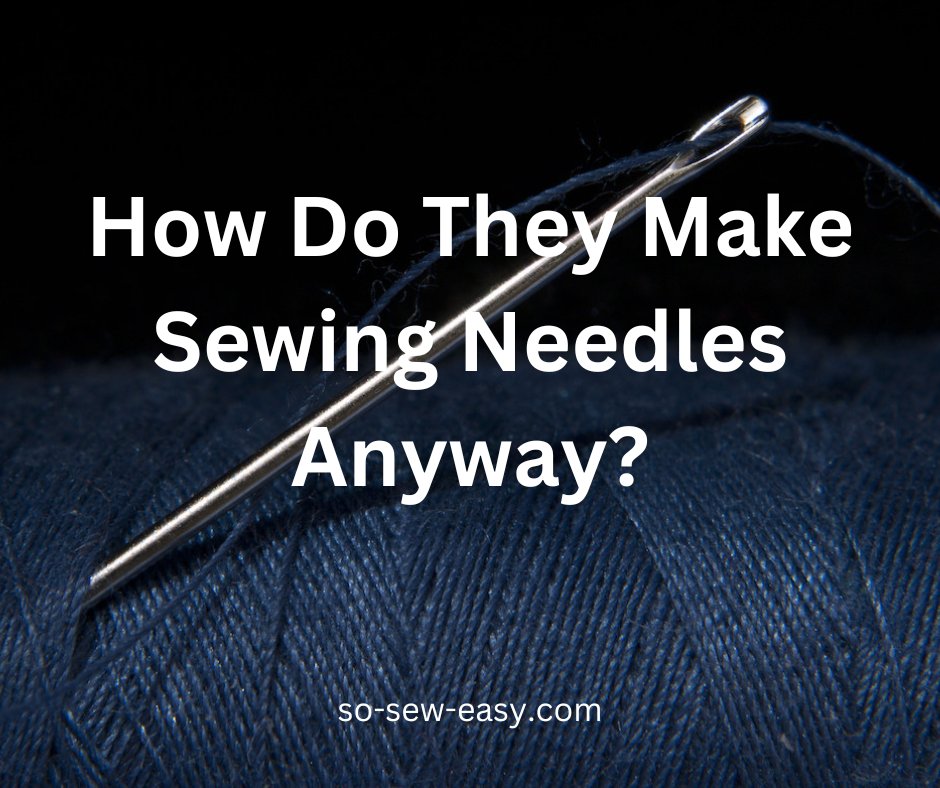
Sewing needles are a simple yet essential tool in the world of sewing and textile production. They are used for a wide range of applications, from attaching buttons and repairing clothing to embroidery and quilting. While sewing needles may seem like a basic and straightforward item, their manufacture is actually a complex process that involves several steps and specialized machinery.
The first step in the manufacture of sewing needles is the selection and preparation of the raw materials. Needles are typically made from steel, which is a strong and durable material that is resistant to wear and corrosion. The steel used to make needles is typically high-carbon steel, which is a type of steel that is strong and hard, but also somewhat brittle. The steel is melted in a furnace and then poured into molds, where it is allowed to cool and solidify. Once the steel has solidified, it is cut into small rods or wire, which will eventually be formed into the shape of a needle.
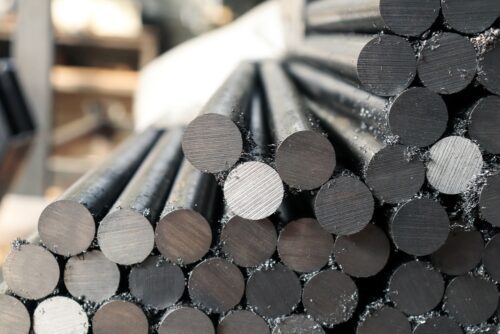

Next, the steel rods or wire are fed into a machine called a cold heading machine, which is used to shape the steel into the desired form. The cold heading machine uses a series of dies and punches to shape the steel into the basic shape of a needle. This process is called cold heading because it is done at room temperature, rather than using heat to shape the steel.
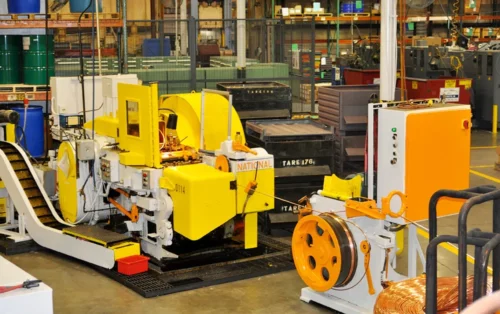

After the steel has been shaped into the basic form of a needle, it is heated in a furnace to a high temperature and then quenched in a bath of oil. This process, known as heat treatment, helps to harden the steel and improve its strength and durability. Once the needles have been heat treated, they are polished to remove any burrs or rough edges and to give them a smooth finish.
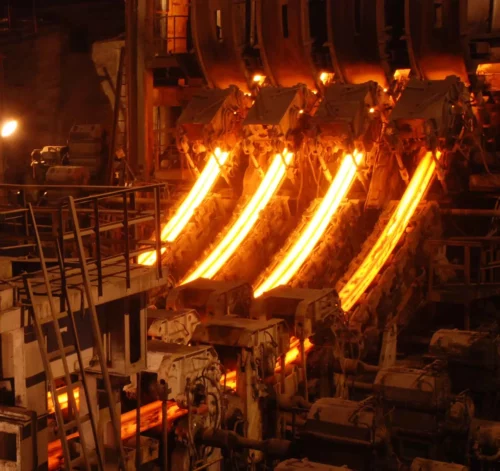

The next step in the manufacturing process is the attachment of the eye, which is the small opening at the end of the needle through which the thread is passed. The eye is typically made from a softer metal, such as brass or aluminum, and is attached to the needle using a process called swaging. In swaging, the eye is placed over the end of the needle and then pressed into place using a special machine. The swaging process helps to secure the eye in place and ensures that it will not come loose during use.
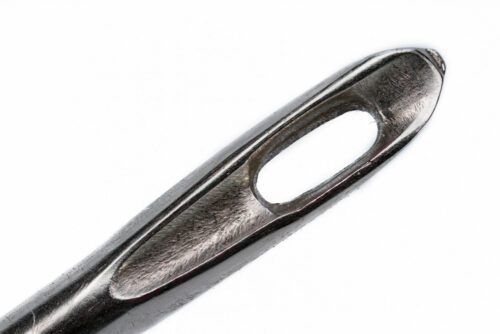

After the eye has been attached, the needles are inspected for quality and then packaged for distribution. The needles are typically packaged in small cardboard or plastic boxes, which are then placed in larger boxes or cases for shipping. The boxes and cases are labeled with the size and type of needle, as well as any other relevant information, such as the brand or country of origin.
In conclusion, the manufacture of sewing needles is a complex process that involves the selection and preparation of raw materials, shaping and heat treatment of the steel, and attachment of the eye. These steps are carried out using specialized machinery and techniques to ensure that the needles are of high quality and will perform reliably in a variety of sewing applications.
To learn even more about sewing needles, please refer to the articles below:








Very interesting. I never thought about this. Would love a video of the process.